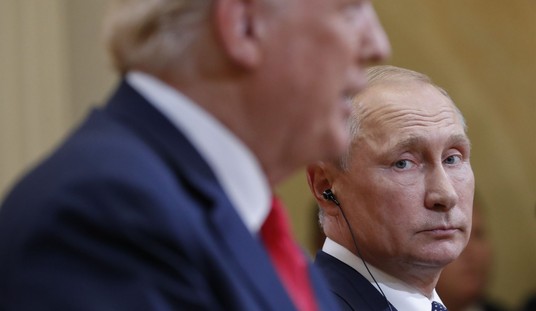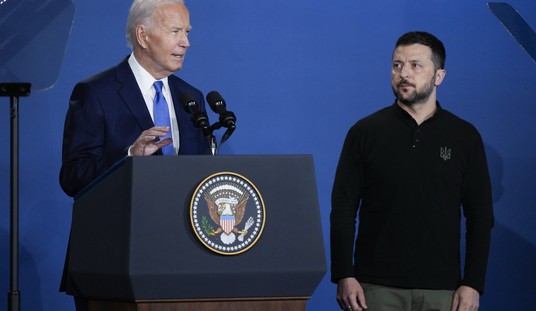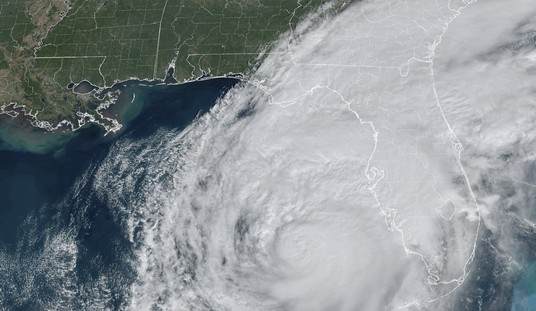Why do the Manson murders continue to fascinate after 40 years? We have seen murderers since then who have killed more (John Wayne Gacy, Ted Bundy) and more gruesomely (Jeffrey Dahmer), but none of them have the same drawing power as Charles Manson and “The Family”. One can see this in the sometimes lurid questions that Larry King asks Linda Kasabian, the witness most responsible for putting Manson and his four murderous followers behind bars for life, as well as some probing questions about her role as an accomplice on two straight nights of slaughter. This clip runs almost twenty minutes, but it’s worth it to get more insight into the one Manson Family member that refused to murder:
I first read Helter Skelter as a teenager, perhaps seven years or so after the murders themselves, and I still recall the details about which King seemed fuzzy in this interview. Vincent Bugliosi remains very, very protective of Kasabian to this day; it doesn’t take Manson’s prosecutor very long at all to leap to her defense and start telling her what to say to King, in a manner that may be slightly more charming than annoyingly condescending. King treats Kasabian with respect but still asks some tough questions, such as her willingness to go out on the second night when the LaBiancas got murdered, and the length of time it took to call the police. Kasabian gives good answers on these questions, but Bugliosi makes sure he argues her case on each of them as well.
So what’s the fascination? I think it’s a mixture of the free-love nature of the Manson commune, the extreme nature of the disconnect between that free-love sensibility and the butchery inflicted on their victims, and the notion of Manson as a “Mephistophelean guru,” as one person put it at the time. Other killers did their work themselves, but Manson gained control of people to the extent that he made them willing killers on his whim. That’s much more rare than serial killers, and thankfully so.








Join the conversation as a VIP Member